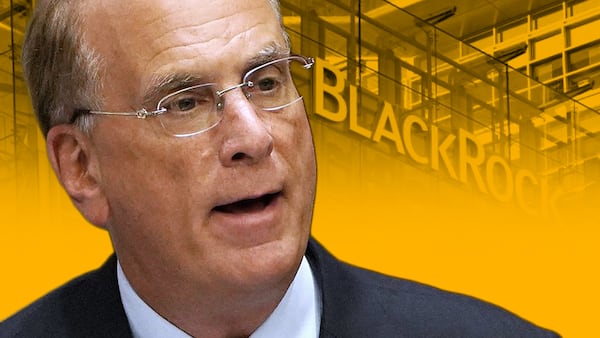- Ethena poses a potential risk to Aave, an adviser says.
- The danger is akin to what exacerbated the collapse of Lehman Brothers during the 2008 financial crisis.
Ethena’s USDe stablecoin could threaten Aave’s resilience and kick off a liquidity crunch as the amount of the dollar-pegged token deposited to the protocol grows.
That’s according to Chaos Labs, one of Aave’s risk advisers, which explored the potential dangers of the lender’s growing exposure to Ethena in a Saturday post on the Aave governance forum.
USDe holders piling the token into Aave while its issuer, Ethena, at the same time lends out the stablecoins that back the asset is a prominent risk, according to Chaos Labs.
“It is critical that Ethena avoids over deploying its stablecoin reserves into Aave,” the risk adviser said. “Self-limiting this exposure can help safeguard both redemption integrity and market stability.”
Ethena did not immediately respond to a request for comment.
Rehypothecation risks
Ethena has already deposited $580 million of USDe backing assets into Aave, a strategy called rehypothecation.
The practice is common in both traditional finance and the cryptocurrency industry, but can be risky. Lehman Brothers’ rehypothecation of its clients’ assets greased the wheels on its collapse during the 2008 financial crisis.
“This dual role of backing assets, both as redemption capital and liquidity on Aave, creates a fragility that could amplify stress across both protocols during a deleveraging event,” Chaos Labs said.
The warning comes as the supply of Ethena’s USDe surged 75% over the past month to an all-time high of $9.3 billion, per DefiLlama data.
Of that amount, 55% of USDe-backed assets, or $4.7 billion worth, is deposited to Aave.
Ethena is a DeFi protocol that lets users create USDe, a dollar-pegged token similar to a stablecoin, by depositing Bitcoin, Ethereum, Solana, or stablecoins.
Ethena hedges these deposits with bearish bets on centralised crypto exchanges, which it says creates a stable backing for USDe that is unaffected by price swings.
Ethena distributes the money it earns from placing the bearish bets to users who lock up USDe. The protocol currently advertises an annual return of 11%, although this yield fluctuates.
Liquidity crunch
Ethena’s backing mechanism causes USDe to go through growth and contraction cycles depending on market conditions.
When the crypto market is bullish, Ethena makes more money on its bearish bets, the yields given out to USDe holders increase, and users mint more of the token.
But when the market turns bearish the situation reverses, causing USDe yields to drop, decreasing demand.
It is during these contraction periods that Chaos Labs said can be risky for Aave.
When they happen, those holding USDe look to redeem it. But if the assets that back it have been lent out by Ethena on Aave, it could cause problems.
The situation is further complicated by USDe holders using a looping strategy to repeatedly borrow stablecoins and convert them into USDe, cranking up the yield they earn and amplifying the risk.
If such a situation arises when Aave markets are already strained, Chaos Labs said, forced withdrawals by Ethena could create a liquidity crunch.
That, in turn, will drive up stablecoin borrow rates and trigger contagion in other markets reliant on stablecoin borrowing, which will force other borrowers on Aave to also exit markets.
Risk oracle
Chaos Labs said there’s no immediate cause for concern based on the current level of USDe usage and Ethena’s rehypothecation of backing assets.
In a potential contraction period, the unwinding of looped USDe positions will deposit stablecoins back into Aave. This should counteract the utilisation spike caused by other borrowers deleveraging their positions.
But this could change as USDe continues to grow, or if Ethena decides to rehypothecate more of USDe’s backing assets.
Chaos Labs said it is working on creating a new risk oracle for the USDe market on Aave, which is designed to modulate interest rates, ensuring more predictable and orderly redemptions during times of stress.
Tim Craig is DL News’ Edinburgh-based DeFi Correspondent. Reach out with tips at tim@dlnews.com.








